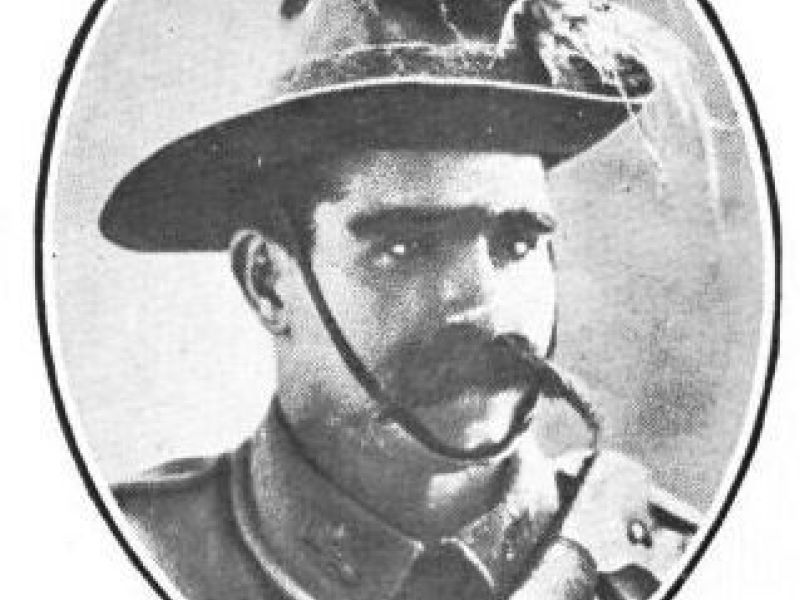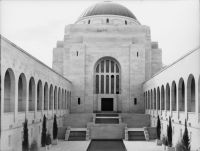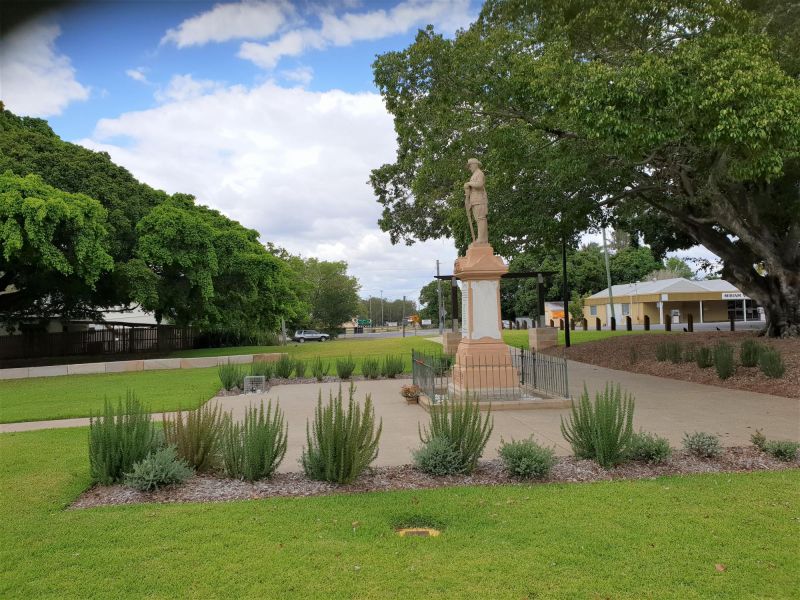Driver Charles Jakeman Vanderwolf, 1st Australian Divisional Ammunition Column, AIF
Charles Vanderwolf was born on 25 June 1892 near the town of Kilkivan, west of Gympie in Queensland, the third of 11 children born to Charles and Ellen Vanderwolf. Young Vanderwolf attended school at Polmaily, and later lived and worked as a farmer near Miriam Vale.
Vanderwolf enlisted in the Australian Imperial Force on 8 December 1914. Less than two months later, he sailed from Melbourne aboard the transport ship SS Hessen as part of the reinforcements of the 3rd Field Artillery Brigade.
He was one of two Vanderwolf brothers to serve for Australia in the First World War. His younger brother Harry enlisted in August 1915 and served in the 47th Battalion on the Western Front. He received a gunshot wound at Passchendaele in October 1917 and was later sent home.
Charles Vanderwolf landed in Egypt in early 1915, and after a brief period in hospital joined the 3rd Field Artillery Brigade as they were providing supporting fire to allied positions on Gallipoli.
In August 1915 Vanderwolf was evacuated from Gallipoli with synovitis – a painful swelling of the ankle – and was sent first to hospital in Malta, and later to England for recovery.
In February 1916 he embarked from England to return to Egypt. The Gallipoli campaign was over, but Vanderwolf was in Egypt for a period known as the “doubling of the AIF”, in which Australian units were expanded, created, and reorganised for the fight on the Western Front and in Palestine.
Vanderwolf joined the 3rd Brigade Ammunition Column at Tel el Kebir near Cairo, and in March sailed from Alexandria for Marseilles in France, and the war on the Western Front.
In May 1916 he joined the 1st Divisional Artillery Column in France. In this unit, he supported artillery operations during Western Front battles in France and Belgium, including the bloody battles of Pozieres, Menin Road, Broodseinde and Passchendaele. The role was a gruelling and dangerous one, and members of the unit often came under enemy fire while performing their duties.
Vanderwolf distinguished himself throughout his service. In February 1918 he was promoted to the rank of bombardier, and in April and August 1918 served as temporary corporal. In October 1918, he requested to revert to the rank of driver, and he remained at this rank for the rest of his service.
Soldiers fighting on the Western Front in the First World War faced many dangers in battle, but many also often fell victim to disease, particularly the devastating influenza epidemic of 1918.
Towards the end of the war, Vanderwolf was taken ill with a chest complaint and evacuated to England for recovery. He died of influenza and pneumonia on 12 November 1918, one day after the signing of the armistice that brought the First World War to an end.
He was buried with full military honours in the Sutton Veny (St John) Churchyard in Wiltshire, England, where 143 Australians of the Great War now lie.
He was 26 years old.
- AWM Honour Roll https://www.awm.gov.au/collection/R1671421

 Australian War Memorial
Australian War Memorial